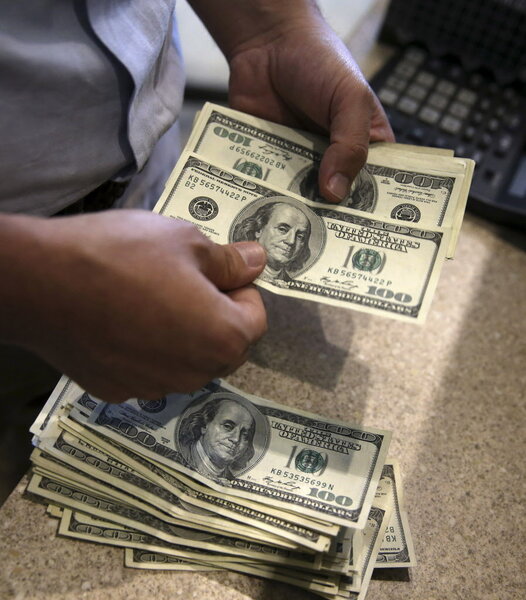Here's how to create the perfect household budget
Part of smart shopping is smart budgeting. After all, it doesn't matter how good of a deal something is if you can't afford it. But according to Gallup, only about one-third of Americans actually prepare a detailed household budget each month, and if you're among the two-thirds that don't, it can be tough to decide if that good deal is a good deal for you.
Fortunately, making a budget isn't as complicated as it seems — and plenty of tools are available to help you prepare one and hold yourself to it. Here, we'll outline five steps to creating your perfect budget.
Examine Your Spending History
Before you can make a realistic budget — and if you want to stick to it, it's important that you be realistic about what you spend — you need to take a look at your spending history. Between your bank account, credit cards, and cash, you may have a lot of transactions to go through, but don't let that daunt you.
The simplest way to get started is by letting an app do all the work. Both Mint and Level connect to your bank account(s) to see what you make and what you spend. These apps can build budgets for you based on your existing spending patterns, and keep you on track by letting you know when you're going over budget and when bills are due.
Either of these apps can be an all-in-one budget solution, but they aren't perfect: While they automatically sort your spending into categories, they don't always categorize things accurately. (Mint, in particular, tends to file any spending it doesn't recognize as "uncategorized," and not put it under any budget.)
This means they do require a little hands-on time, but not as much as other solutions, so they can be great simple budgeting tools if you don't want to put too much time into figuring this out. And even if you don't like either of these apps enough to use them full time, they can be good for kick-starting your budgeting process by giving you an easy look at your spending history.
If you'd rather not give an app access to your financial accounts, then you'll have to take a more DIY approach. Pull up your bank statements and credit card statements for the past few months, sort through them, and take note of everything you're spending money on. Write down what you pay for each of your bills, as well as regular expenses like gas and groceries. Remember to set money aside for savings, too!
Not sure what you're looking for? This budget worksheet can help you get started. Just remember, there's no one-size-fits-all budget — if you have regular expenses that aren't part of that template, add them.
In the end, you should have a list of everything you regularly spend money on, plus average costs.
Stay Within Your Means
Now that you have a good idea of what you're spending, it's time to compare that to what you're making. If your spending is higher than your income, it's time to rethink things. Look at your spending numbers and figure out where you could cut back. Do you need that pricey cable package? Could you skip a few nights out every month? Sometimes even relatively small changes, like carrying your lunch or not picking up coffee on the way to work every day, can add up over the month to make your budget work.
Keep tweaking your budget numbers until what you're spending is less than what you're making.
Write It All Down
Once you've figured out your budget, it's time to write it all down. You could use Mint or Level to keep your budget long term, but you don't have to be that high-tech if you don't want to. Your budget could be written down in a notebook or kept in a spreadsheet.
If you want something a bit more sophisticated than paper, but less invasive than Mint or Level, try Goodbudget or Wally. Both are solid apps for manually creating your budget and tracking your spending. Though this requires more hands-on time, that can be a good thing because it keeps you more aware of where your cash is going. The two apps are fairly similar, but we like Goodbudget because it's available as a mobile app and on the Web, while Wally has a handy receipt scanner so you can ditch those piles of paper.
Keep Track of Everything
Unfortunately, you're not done. Now that you've created your budget, you have to keep track of it, using whatever way works for you. Take note of everything you spend and match it up to the budget you just made. Without tracking your spending, you won't know how you're measuring up to your budget — which makes it impossible to stick to it. So keep an eye on your spending, and slow down if you're close to going over budget in any category.
Adjust as Needed
Is your initial budget just not working out? Change it! No matter how carefully you came up with your budget, you may have missed something. Instead of giving up on budgeting when the numbers don't add up, keep tweaking them until they fit your financial situation.
This article first appeared in DealNews.






